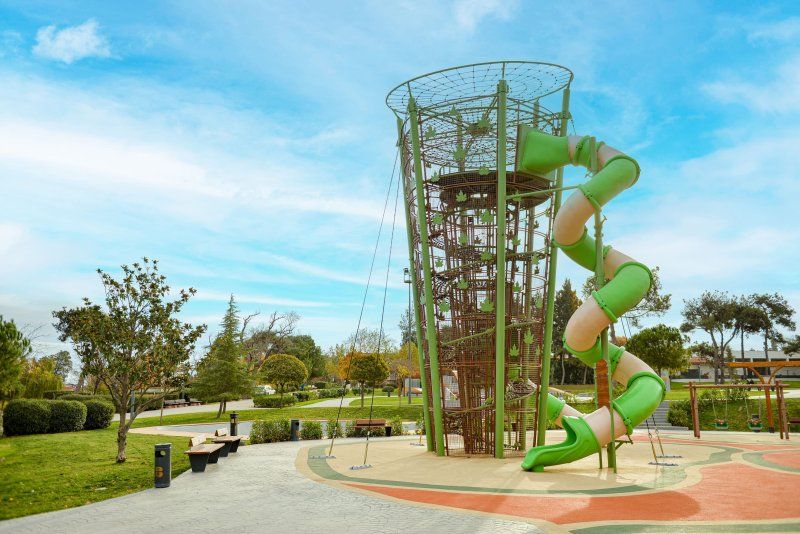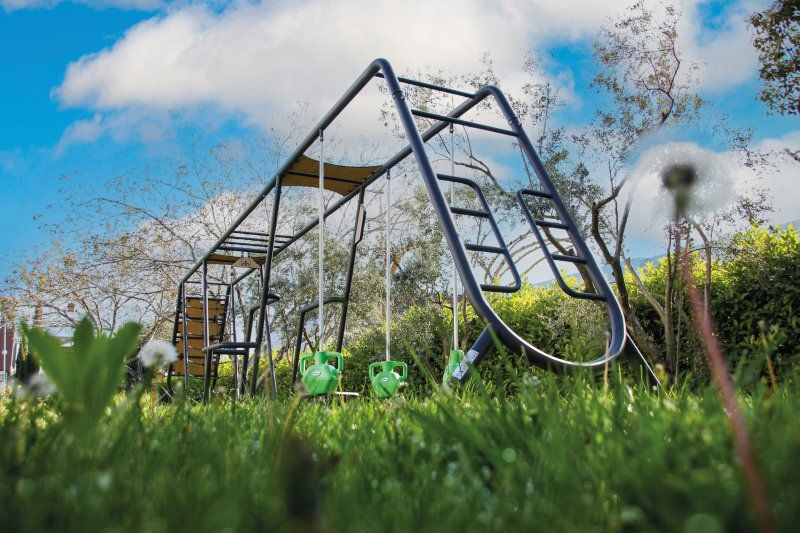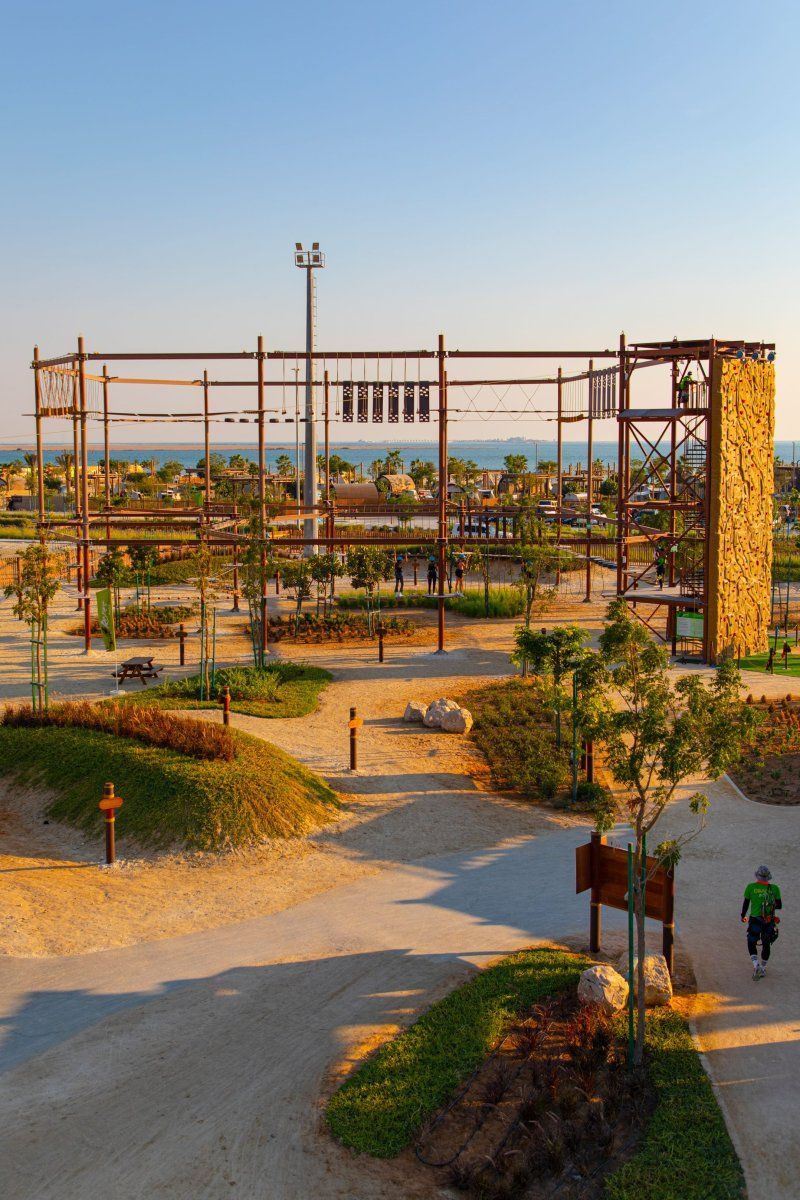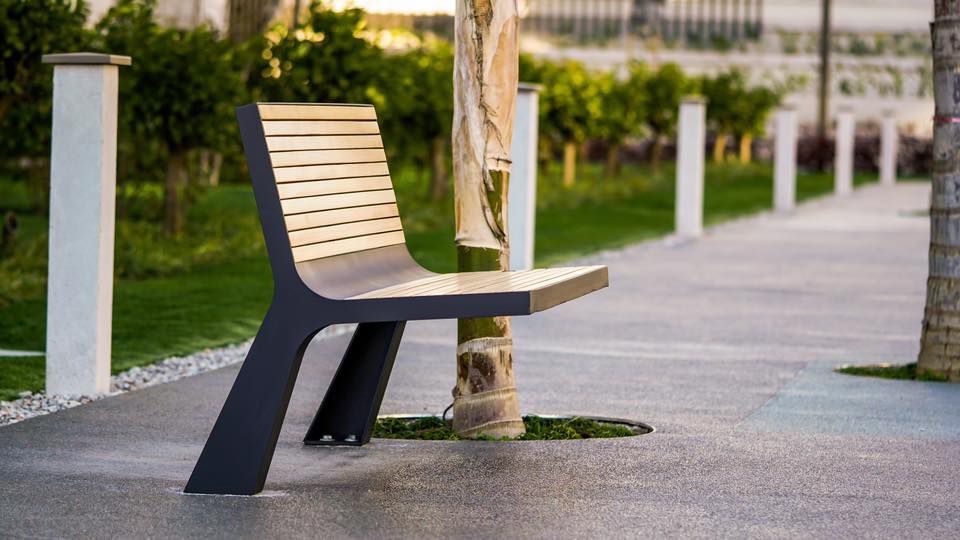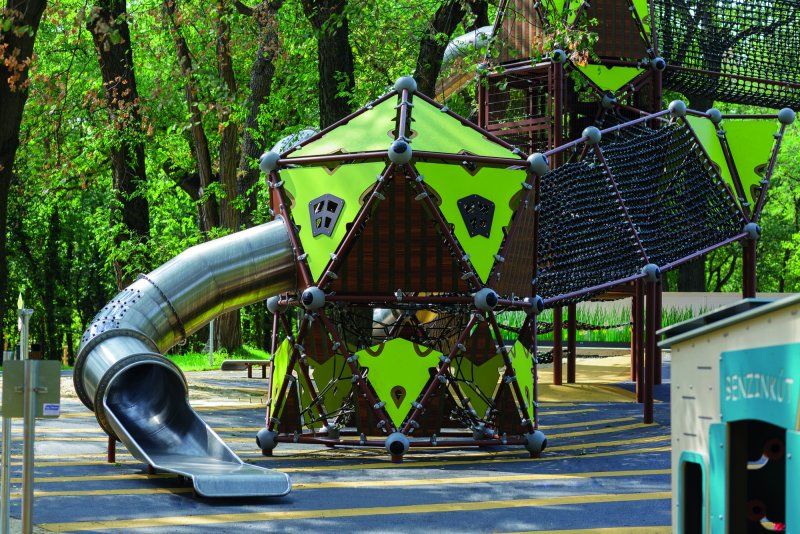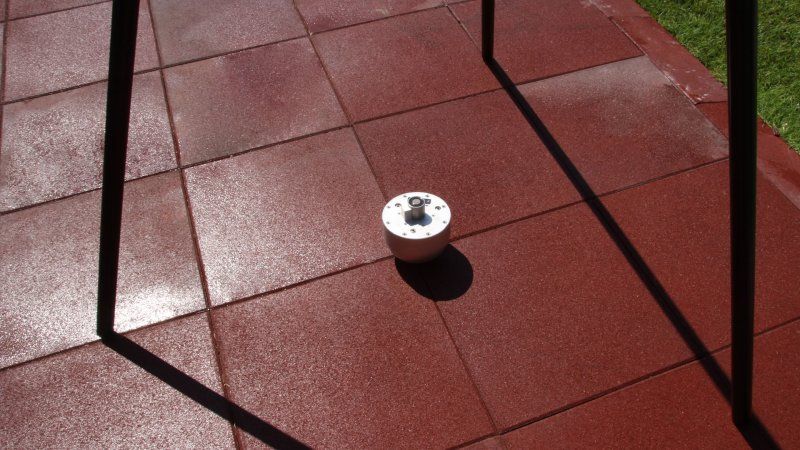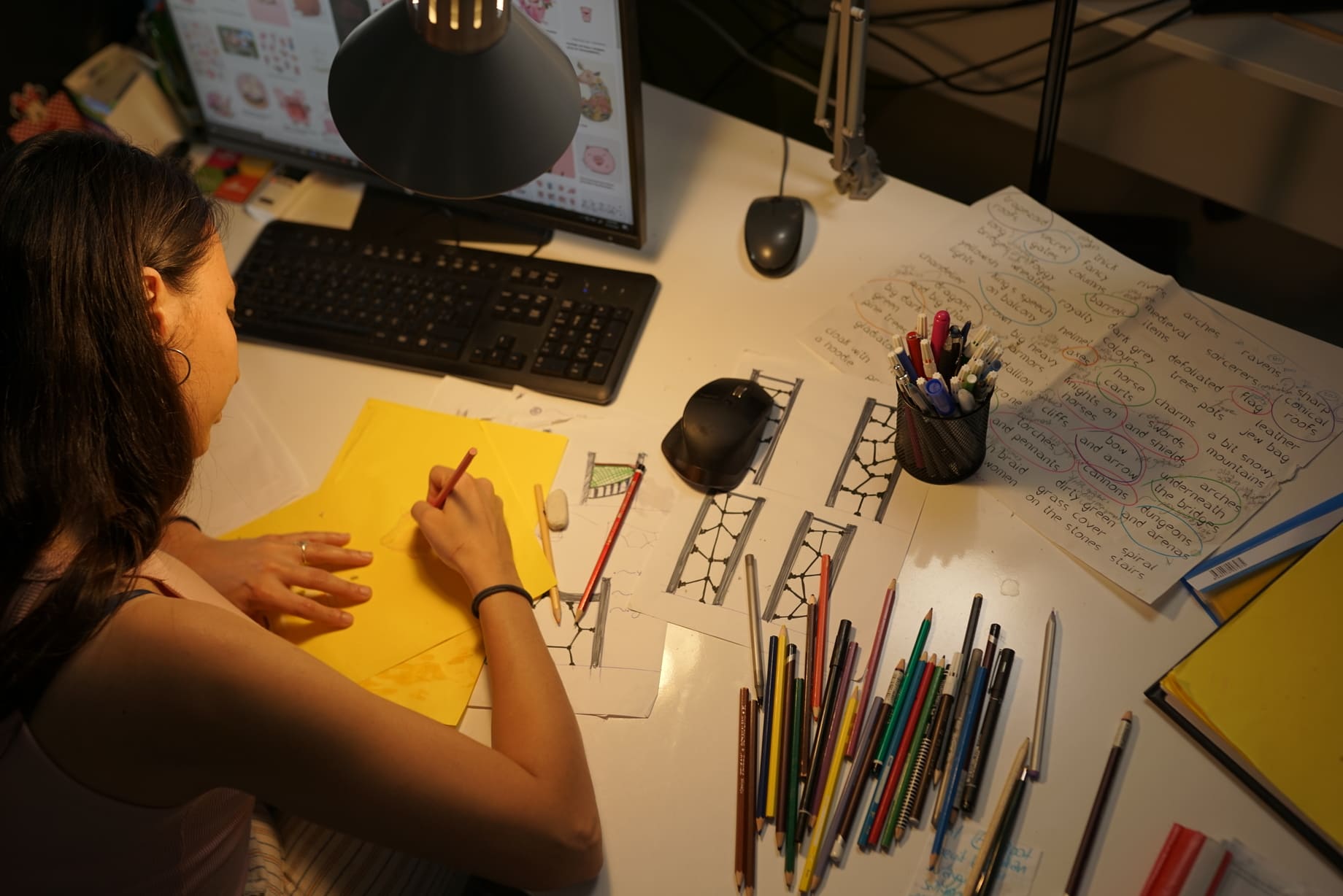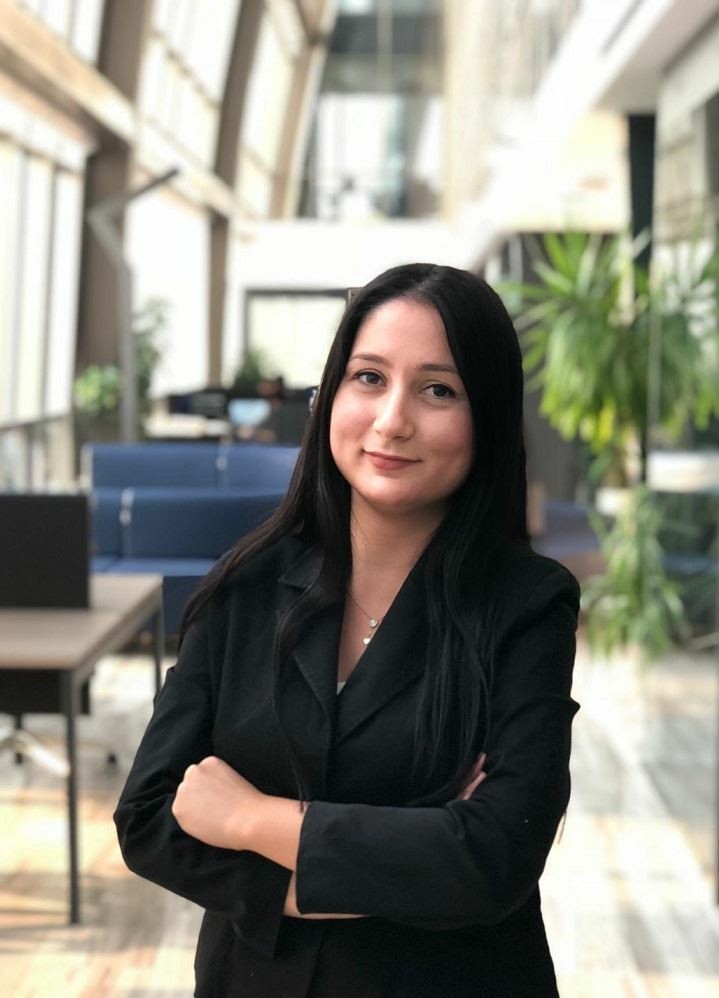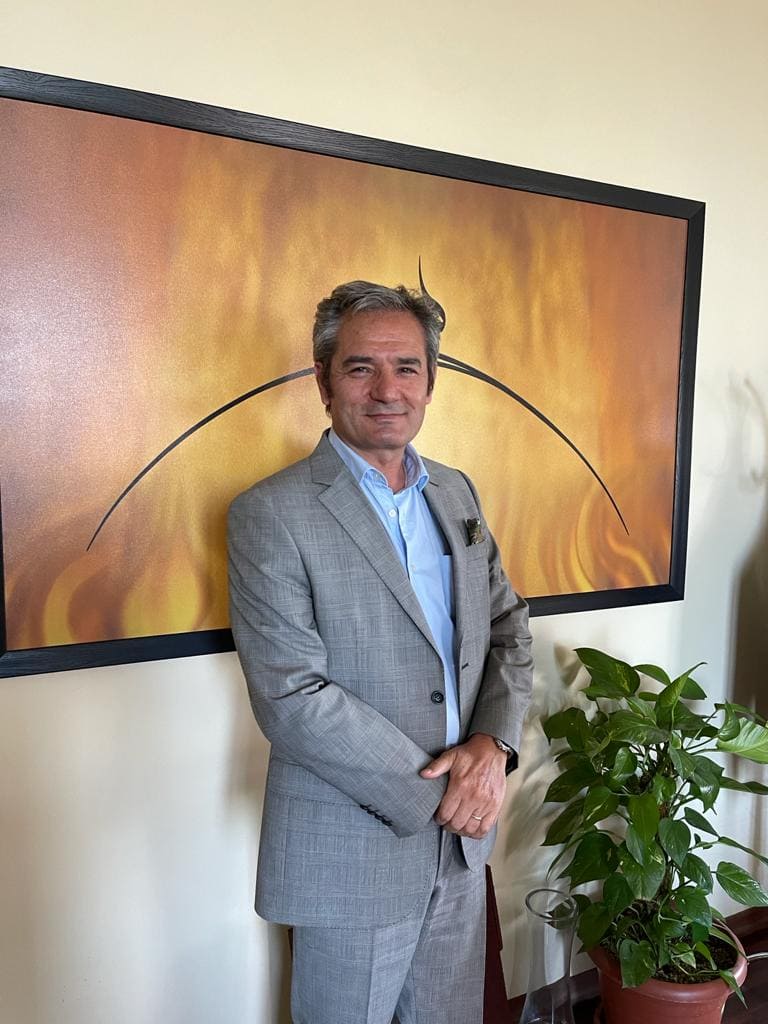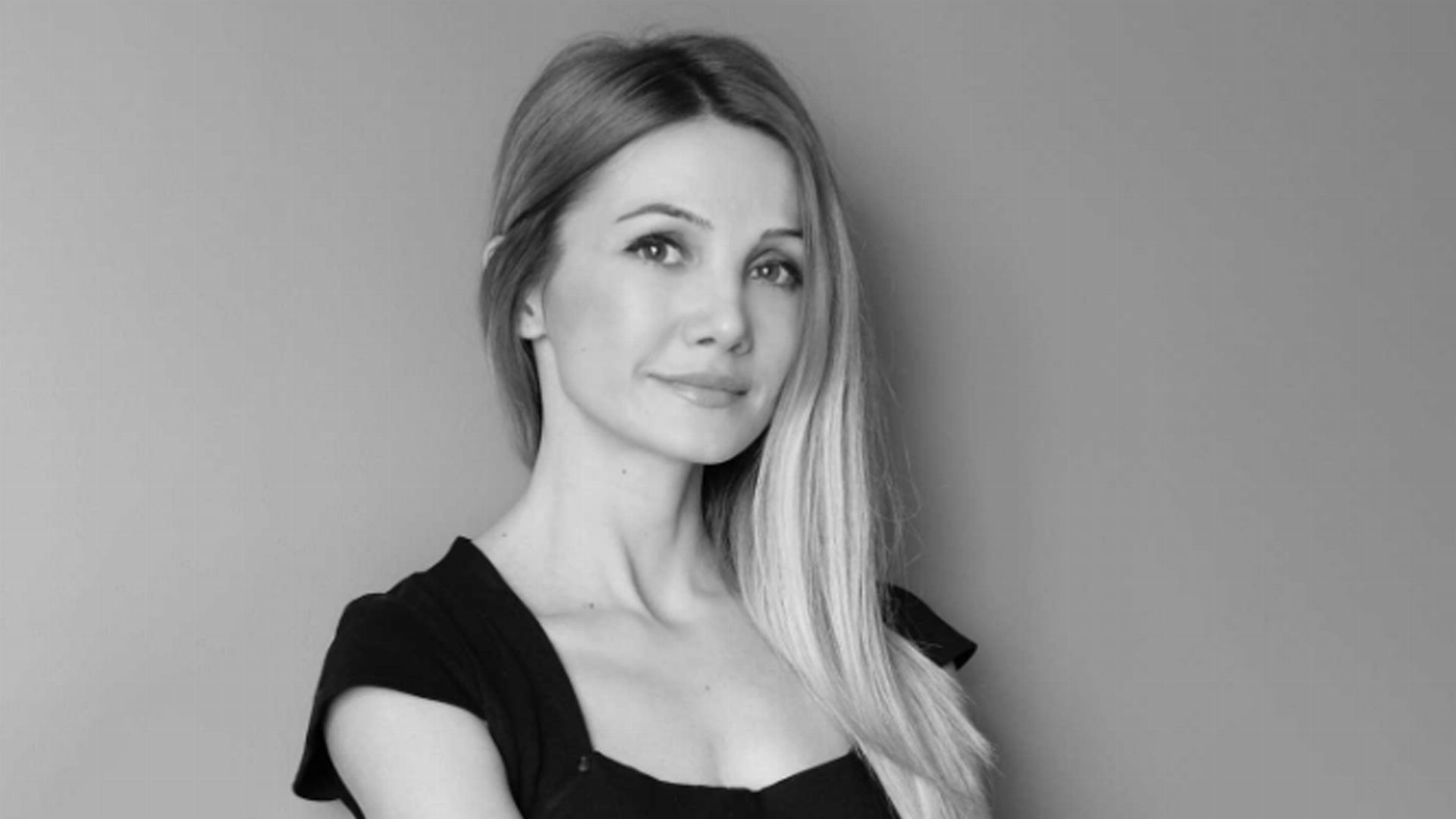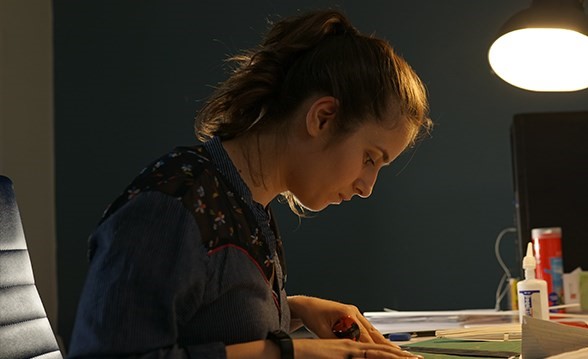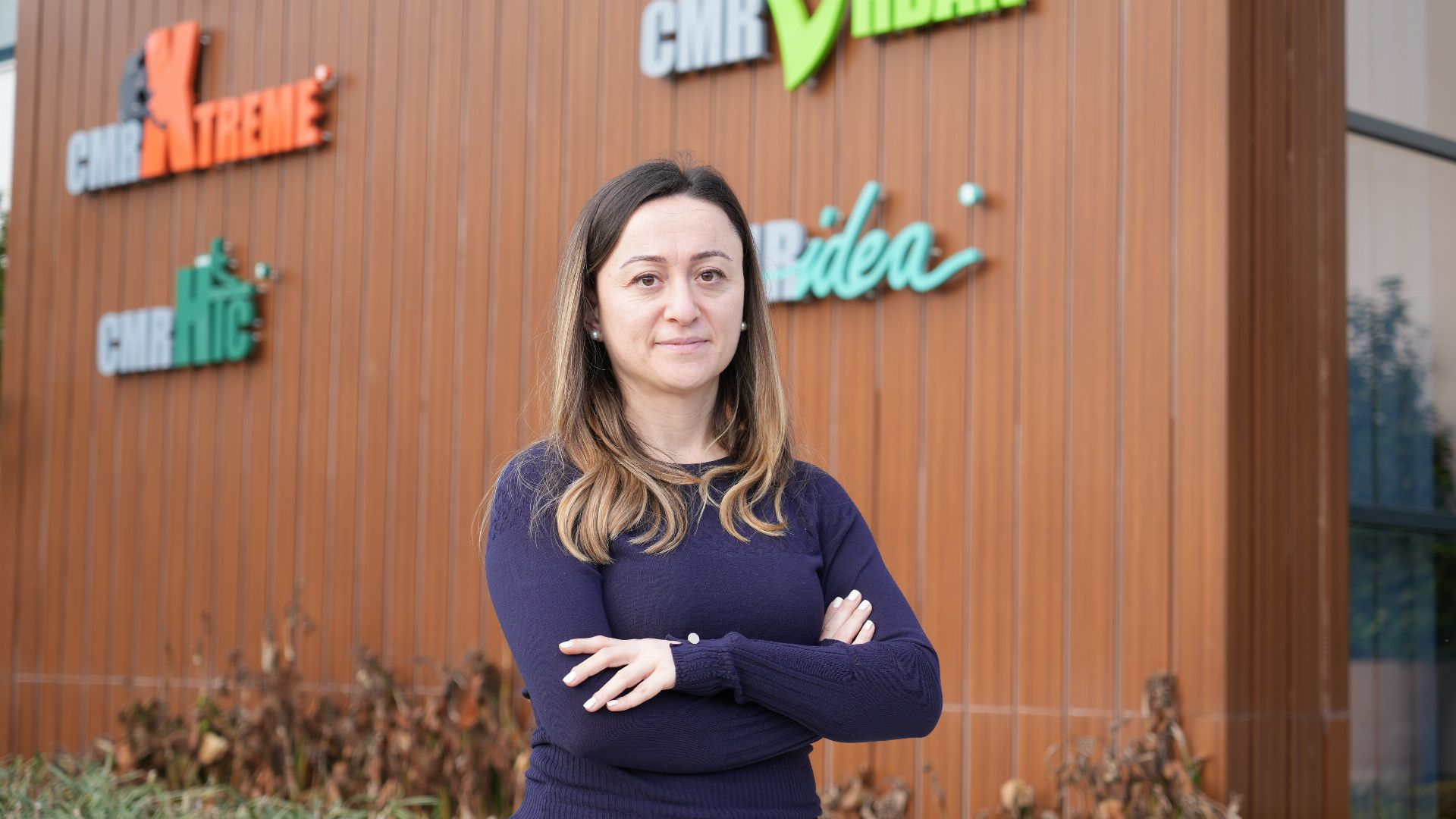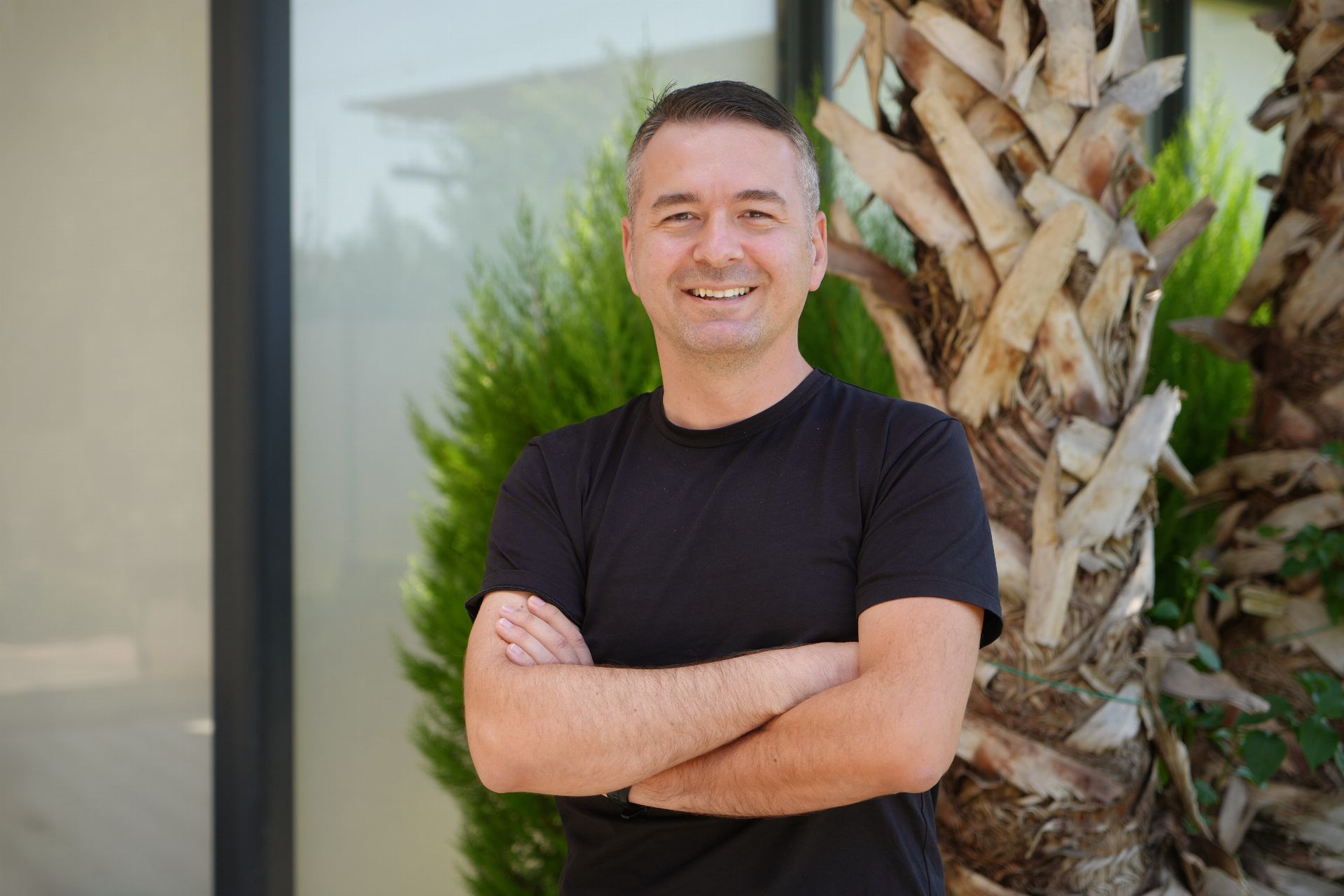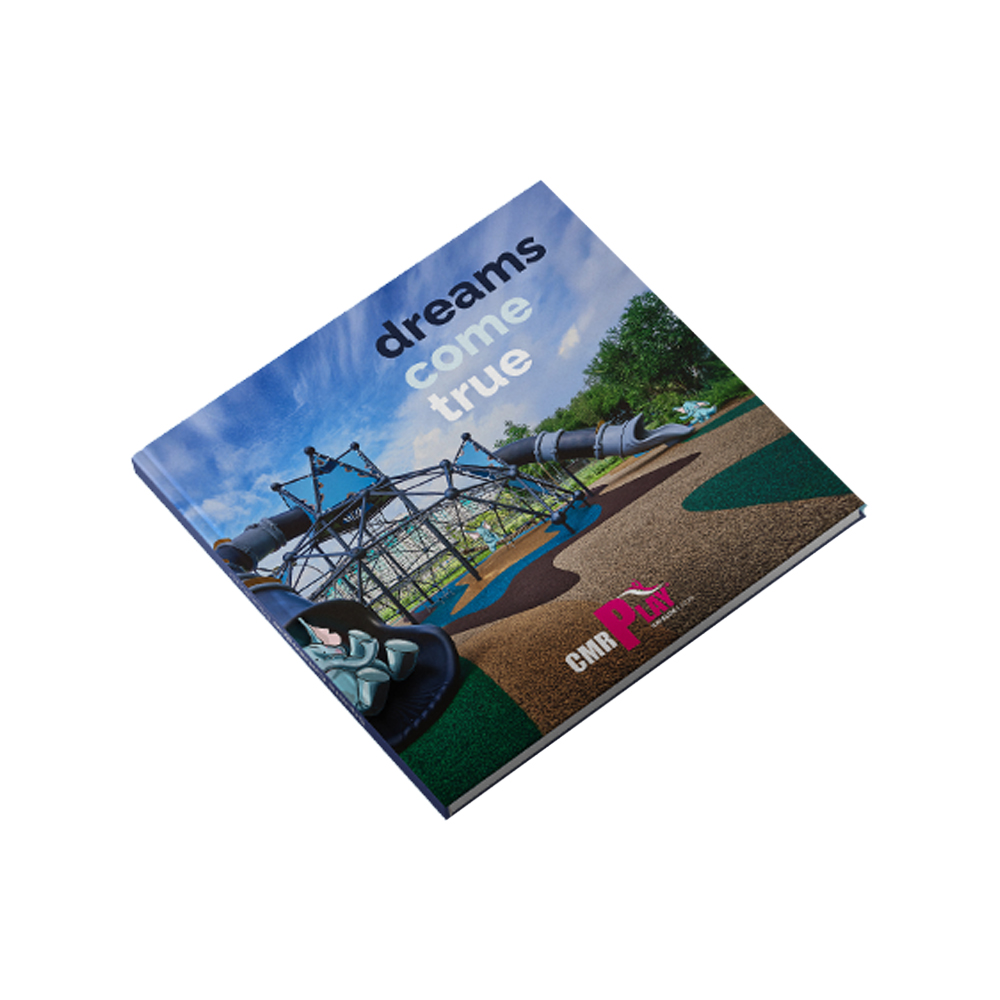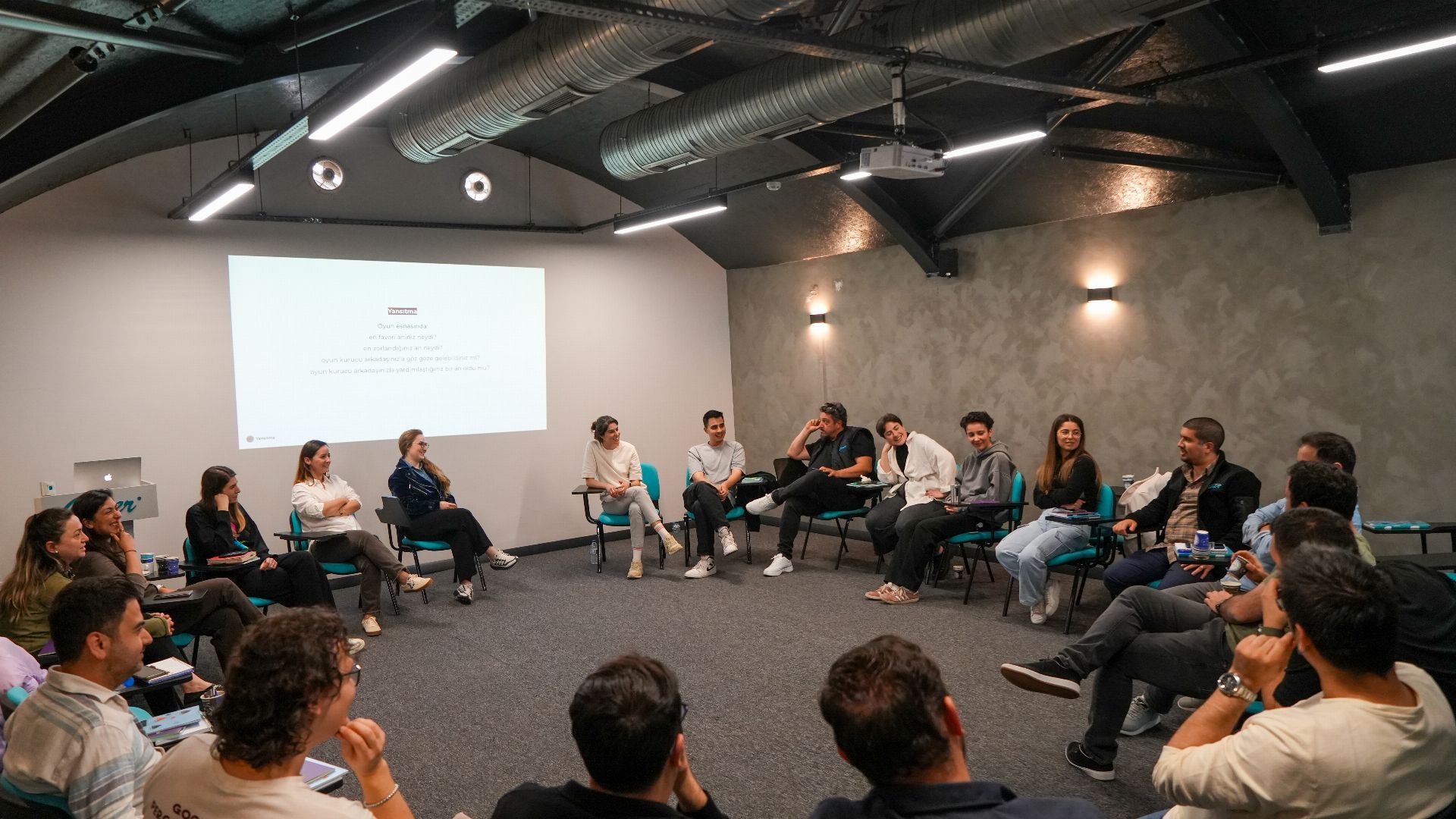
RETHINKING PLAYGROUNDS
IN THE FOOTSTEPS OF NATURE, FREEDOM, AND IMAGINATION
"If we design a playground well, we create a world where the essential within a person is rediscovered, and the city rediscovers the child. We should not expect the child to discover the city without first allowing the city to discover the child."
-Aldo van Ecyk
Today, when we talk about children’s play, what often comes to mind are parks filled with toys or equipment. But during the two-day “Children and Play in the City” Training Program, we invited the CEMER team to rethink play together—to reconsider boundaries, materials, and rules. And perhaps most importantly, to remember the true nature of play.
On the first day, we discovered just how much the concept of "play" encompasses. Participants realized how rarely they encounter free play—not play without rules, but play that is truly free. For children, play is not just about fun; it’s about growing, developing, and even discovering oneself. As adults, we often over-structure play, eliminate risk, restrict freedom, and limit imagination.
When participants revisited their own childhood memories, they recalled days of playing in the streets and gardens, with stones and soil. There was no need for a swing or a seesaw. These memories weren’t just nostalgic journeys—they also revealed how much the living spaces we offer children in today’s cities have changed. While discussing how developmental, liberating, and creative free play and nature can be, we questioned the extent to which today's play environments provide that potential.
On the second day, these reflections turned into concrete suggestions and search for solutions. We focused on natural play landscapes, loose parts, and the developmental benefits of contact with nature. Together, we discussed the need to move beyond defining play areas solely by equipment. Because play is not just a structure—it is an experience. Tree branches, mud, stones, puddles… these are not ordinary things; they are materials that offer children limitless possibilities. Our responsibility is to provide access to these opportunities—to enable contact with nature. Because when children play, they want to explore, build, destroy, and try again.
One of the most valuable aspects of this gathering was that a leading company like CEMER showed the courage to re-examine its perspective on play. As the awareness of designers, engineers, and product developers increased, there was a shared understanding that play spaces should not just be places filled with equipment installed on safe surfaces. These spaces should offer children freedom, creativity, and opportunities for discovery while also considering the comfort and needs of caregivers. When designing spaces and equipment that serve play, the question should not only be “what should we produce?” but also “what kind of play experience do we want to create?”
By the end of the gathering, a shared thought echoed in all our minds: play is the most natural right of childhood. Defending this right is not just an idea or an approach—it is a real responsibility. Because play is not merely a matter of physical space; it is also part of a cultural, emotional, and social context. Participants expressed that offering freer, more natural, and more creative play environments is not just a design issue, but also a promise to the future.
We live in a country with a special holiday like April 23rd dedicated to children. Providing children with spaces where they can play freely is not only a duty, but also one of the most valuable investments we can make for the future. And this investment will be possible through the joint steps of designers, manufacturers, and educators.
Derya İyikul – MSc Architect, Playworker, EN1176 inspector
Ege Sevinçli – Sociologist, Playworker trainer , EN1176 inspector
“Children and Play in the City” trainings were developed by the Nordic Play Institute and Superpool.

